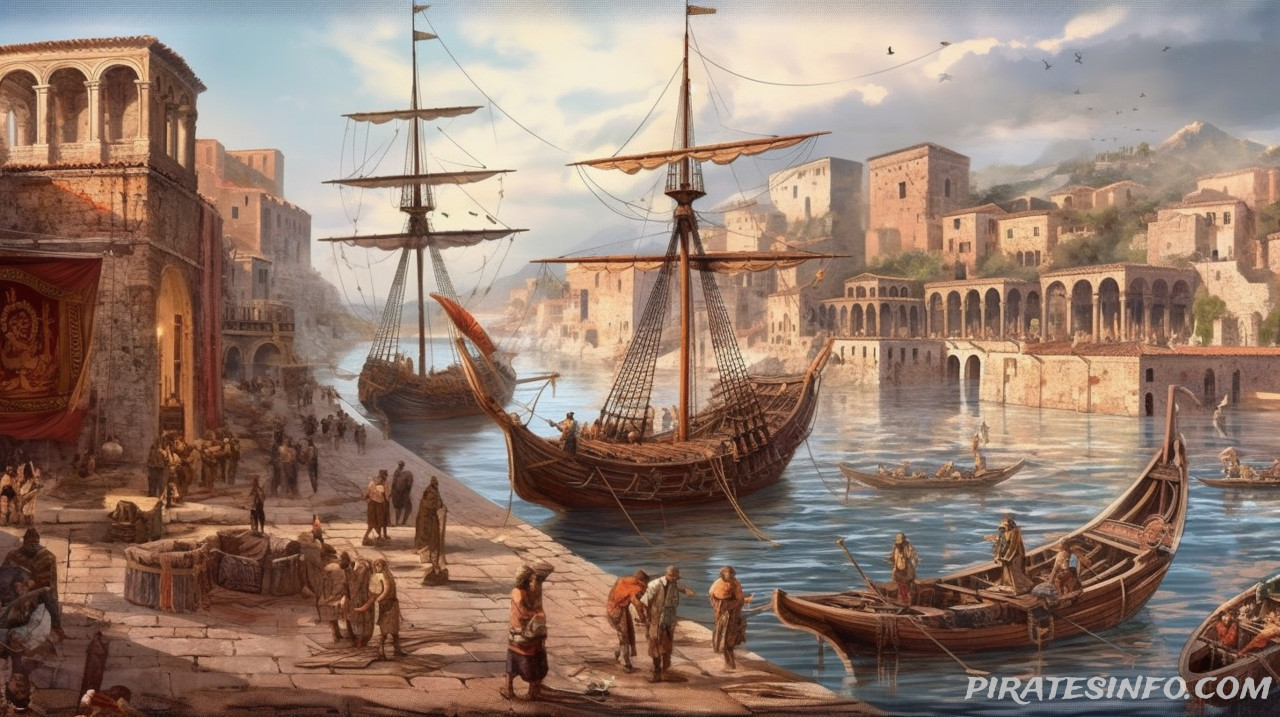
Early Piracy: Antiquity to Middle Ages
Author: Krzysztof Wilczynski
As we delve into the historical cartography of piracy, our exploration commences amidst the azure expanse of the Mediterranean Sea. The celebrated ancient civilizations of Greece and Rome, renowned for their philosophies, empires, and grand narratives of gods and heroes, concurrently played host to some of the earliest instances of documented piracy. The enigmatic maritime federation known as the Sea Peoples, is believed to have wreaked havoc along the Mediterranean coasts circa 1200 BC, inducing chaos and precipitating the downfall of kingdoms. Subsequently, a few centuries later, Illyrian pirates posed a relentless challenge to Greek and Roman maritime trade, demonstrating that a finely tuned trireme could serve dual purposes, not only in warfare but also in unregulated marauding.
As the chronicles of history transitioned towards the Medieval period, the practice of piracy underwent significant metamorphosis. The Vikings, seafarers of Norse origin, embodied the pirate archetype of their era, albeit with distinguishing characteristics such as horned helmets and distinctive longships. These intrepid Nordic mariners achieved notoriety for their raids and expeditions along the European coastlines, imprinting their influence from the monastic establishments in Ireland to the majestic Byzantine Empire.
Simultaneously, in the comparatively temperate Mediterranean region, the reign of the Barbary Corsairs was initiated, their swift galleys inciting fear along the European coastal towns. Although they were not pirates in the strictest definition, their state-sponsored privateering activity blurred the conventional boundaries, thereby illustrating the fluid nature of the term 'pirate' across different historical epochs - a feared outlaw in one period, a sanctioned mercenary in another.